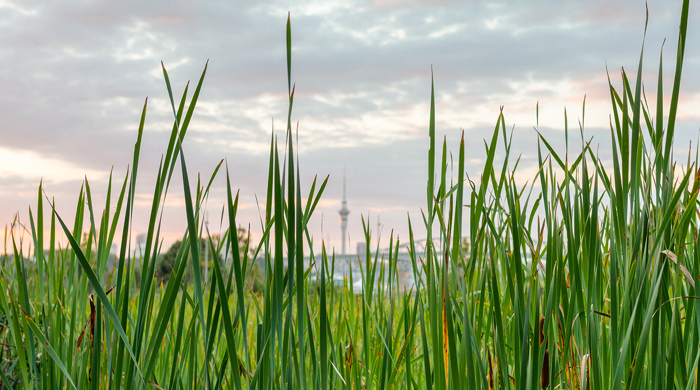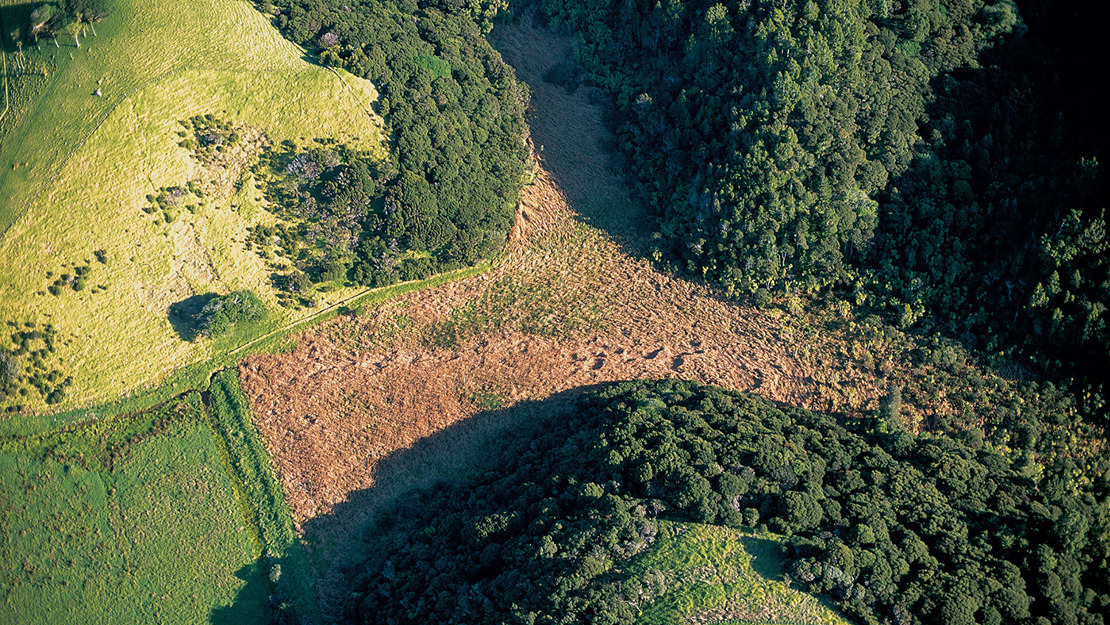Raupō reedland ecosystem (WL19)
Wetland ecosystem
About this ecosystem
Raupō reedland occurs on lake margins, lagoons, ponds, river oxbows and in flooded valleys.
They are generally marshes with mineral soils, though many grade into swamps with peat soils.
In Auckland, the largest and best-known examples are:
- Te Henga swamp on the mainland
- Kaitoke Swamp on Aotea/Great Barrier Island.

Flora and fauna in this ecosystem
This ecosystem is characterised by abundant raupō (bulrush), with other common species, such as:
- lake clubrush
- toetoe
- pūrua grass
- pūkio
- harakeke.
It is common to see raupō reedland in a mosaic of wetland and terrestrial ecosystems. These include Machaerina sedgeland (WL11), flaxland (WL18) and regenerating shrubland on the dry-land margins.
This wetland provides habitat for a range of ducks as well as:
- matuku hūrepo (Australasian bittern)
- pūkeko
- kāhu (harrier).

Threats to this ecosystem
Historic and ongoing wetland drainage, stock grazing and weed invasion are the most significant threats.
In some areas, forest clearance by pre-European settlers led to increased flooding and sedimentation of fen wetlands. This resulted in an expansion of raupō swamps.
Increased nutrient loading in wetlands has also occurred as a result of European agricultural development. This creates suitable conditions for raupō to expand. Raupō reedland is often found in gullies and drainage ditches on farms.



